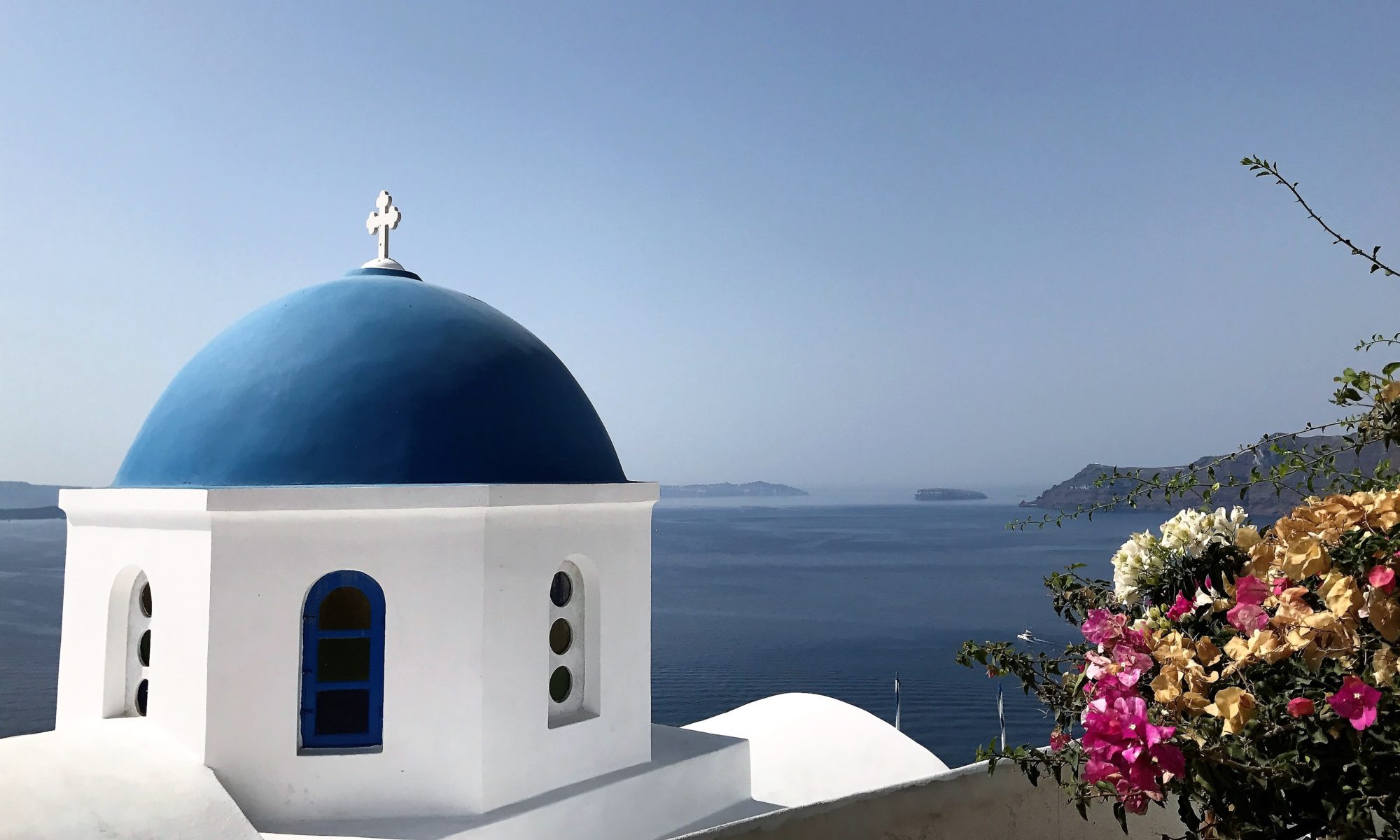
Tucked away in the lush palace park of Nymphenburg in Munich, the Badenburg Pavilion is one of those hidden gems that you might just stumble upon if you take the time to wander off the main path. At first glance, it looks like just another charming Baroque pavilion but step inside and you’re transported into a world of early 18th century luxury and leisure.
Bathing in Baroque Luxury at Nymphenburg Palace
Built between 1718 and 1721 for Elector Max Emanuel, Badenburg wasn’t just for show. It was purpose built as a bathhouse, complete with a heated indoor swimming pool, a serious rarity for the time. In fact, it’s one of the earliest known examples of a building in Europe designed specifically for indoor bathing.

The bathing hall alone is worth the visit, with its beautiful tiled floor and airy, almost spa-like atmosphere. It’s easy to imagine members of the Bavarian court lounging here, enjoying a soak while chatting about politics or poetry.
Similar to the Pagodenburg Pavilion but in contrast to Magdalenenklause, architect Joseph Effner designed the building to blend classical elegance with cutting-edge 18th century comfort. Beyond the pool, there are richly decorated changing rooms, antechambers and even guest apartments. All have intricate stucco work and painted ceilings that remind you this wasn’t your average bathhouse, it was an aristocratic retreat.
Banqueting Hall and Other Rooms

The Banqueting Hall, magnificently decorated with stucco and ceiling frescoes, takes up two storeys. The basement accommodates the bath itself, the heating room, a kitchen and additional bathing rooms.
As a bathing pavilion, the Badenburg belongs to a long tradition dating back to the opulent baths of the Roman emperors while also including elements of the Islamic bathing culture. Contemporary reports consistently eulogized the small palace.


In addition to a painted ceiling with monkey scenes, the Chinese wallpaper in the Electors’ Apartment is particularly notable.

A travel account of 1792 warns that no visit to Nymphenburg should omit either of two things:
“One is the Amalienburg…, the other, in a different corner of the park and built by Elector Maximilian Emanuel, are the finest baths imaginable, splendidly equipped with all conveniences. I do not recall seeing anything more delicate or better thought-out anywhere. The pool is so large that one can comfortably swim in it, and if there are people who just want to watch, there is a place (the gallery) where they can position themselves and look on.”1

The Badenburg reflects a moment in history when the European elite started to embrace bathing not just as a necessity, but as a refined leisure activity. It’s a fascinating mix of art, architecture and wellness, all wrapped up in a peaceful corner of one of Munich’s most stunning palace parks.
Good To Know
If you’re exploring Nymphenburg, the Badenburg is absolutely worth the detour. Quiet, atmospheric, and totally unique, this is the kind of spot that makes you want to slow down and soak it all in (pun intended).
Also in the Nymphenburg Palace series:
Badenburg is part of Nymphenburg Palace and its buildings which require an entrance ticket. The grounds are free to enter.
Would I Return?
Yes.
- https://www.schloss-nymphenburg.de/englisch ↩︎

4 Replies to “Badenburg”